Incredible First Discoveries From NASA’s New Exoplanet-Hunting Spacecraft: TESS

Kepler showed us that the Universe is full of planets around other stars. TESS is giving us our next great leap.
It’s been nearly a decade since NASA’s Kepler mission first launched. Beginning in 2009, the Kepler spacecraft watched hundreds of thousands of stars within our own galaxy, measuring the total amount of light output for each one and searching for any minuscule changes. By mission’s end, Kepler and its add-on mission, K2, had discovered thousands of new planets around stars beyond our own, including a significant number of Earth-sized, potentially habitable worlds.
If Kepler showed us that our galaxy was full of planets, then its successor mission, TESS — the Transiting Exoplanet Survey Satellite — will reveal the transiting worlds around the closest stars to our own. If there’s an Earth-like world that passes in front of its parent star relative to our line-of-sight, TESS will reveal it. For the first time, we’ll be sensitive to the “holy grail” of planets right in our own backyard.
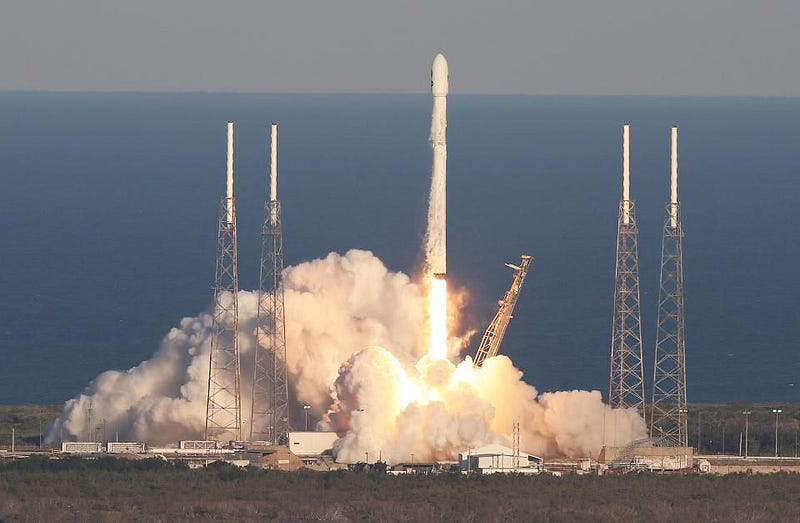
Kepler’s search was an incredible endeavor: it searched a narrow field-of-view covering a distance of 3,000 light-years. Its primary mission was to view that same field, continuously, for years on end. Encapsulating a total of over 100,000 stars, Kepler searched for systematic, periodic dips in the total amount of light coming from each star. If one was discovered, it potentially indicated the presence of a planet, with the magnitude and period of the dips corresponding to the radius and orbital distance of the planet.
But TESS is different. Instead of looking at a narrow region of the sky, TESS surveys the entire sky, sector-by-sector, to seek planets around the stars closest to us. If there’s a serendipitously-aligned planet around any star within approximately 200 light-years of us, TESS will find it, delivering its radius and orbital distance. Moreover, every discovery from TESS that gives us a planet also gives us a candidate system where future observatories, like the James Webb Space Telescope, can try and find potential signs of life.
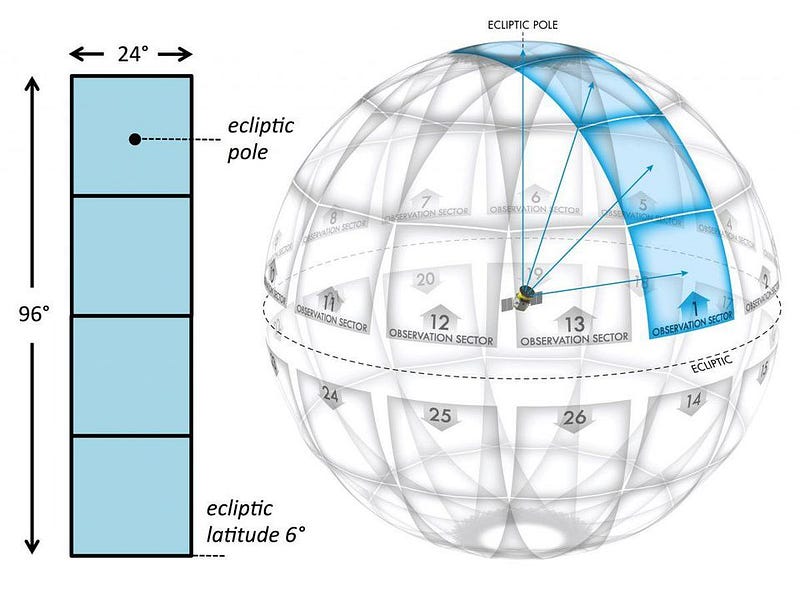
TESS launched in April of 2018, beginning its search for new worlds. Its first scientific data-taking began in July; nearly half-a-year later, it delivered its first data release. Over the course of its lifetime, TESS is expected to find thousands of new planets around a variety of stars, from Jupiter-sized gas giants down to small, rocky, Earth-sized worlds.
With its first six sectors surveyed, here are some highlights of what TESS has found so far:
- over 300 candidate planets,
- 8 confirmed planets,
- including some that are giant planets,
- and some that are barely larger than Earth.
But numbers don’t do these discoveries justice. By looking at a few of these discoveries in detail, we can appreciate what phenomenal science TESS can deliver to us.

The first confirmed planet was Pi Mensae c, which orbits a star very similar to our own. Just 10% more massive and 20% larger than our Sun, Pi Mensae is quite similar to our star, but its solar system must be vastly different. Blocking a small fraction of its light, Pi Mensae c is extremely close in to its star, orbiting with a period of just 6.3 days. It’s about twice the radius of Earth and nearly five times as massive, implying that this is fairly typical of hot worlds in between the size of Earth and Neptune.
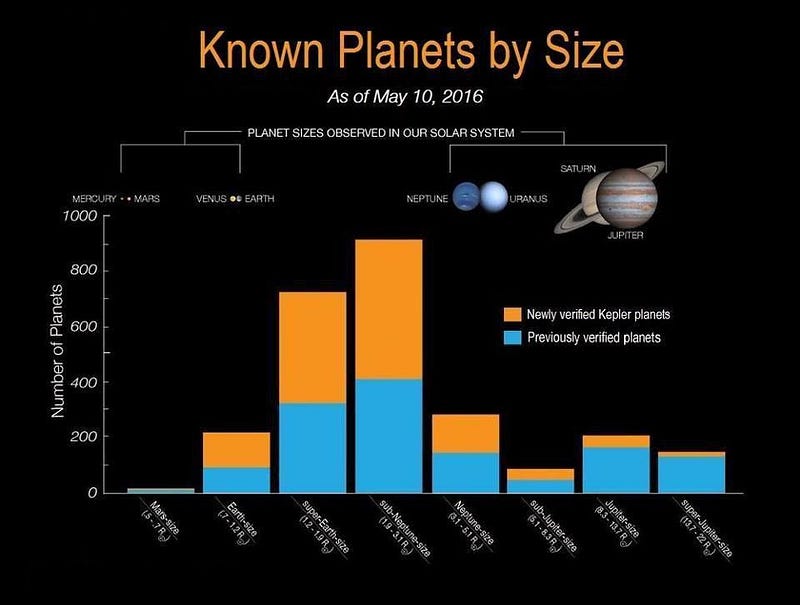
But it’s not typical; this is remarkable. Way back in 2001, a large planet had been discovered perturbing the orbit of Pi Mensae: Pi Mensae b. It was one of the most massive planets ever discovered: at more than 10 times the mass of Jupiter. Its orbit is very eccentric, getting more distant than Jupiter from the Sun at its farthest (5.54 AU), but making a close pass to nearly within Earth’s orbit (1.21 AU) at its periastron.
With Pi Mensae c now discovered by TESS, this marks the first time we’ve discovered a nearby and distant planet within the same system with such vastly different properties and orbits. The leading theory is that nearby planets form in nearly-perfect circular orbits, but to create an eccentric Jupiter-mass (or larger) planet, something must have disturbed it.
The Pi Mensae system is now the most extreme one known in this regard, and the mystery of how such systems reach this configuration is sure to be a topic of much research — and speculation — in the future.
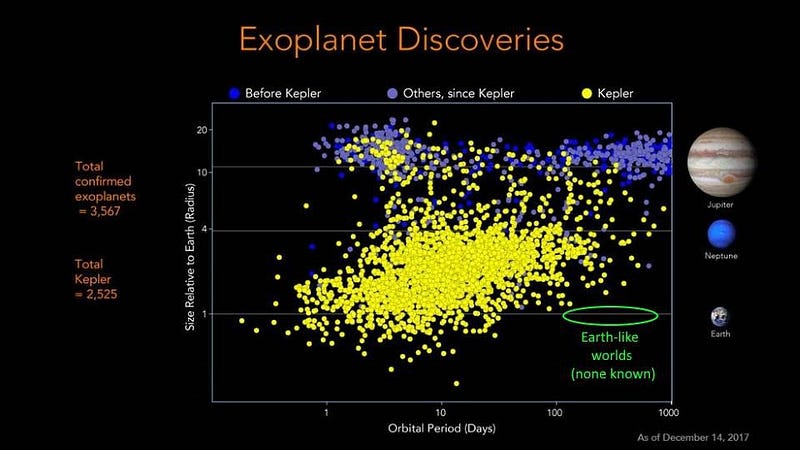
The most extreme planet discovered is LHS 3884b, which is only slightly larger than Earth at 1.3 times our home world’s radius, but so close to its parent star that it completes a revolution every 11 hours. At a distance of 49 light years away, this world is so hot that its star-facing side might be loaded with pools of molten lava at the hottest parts. The world is, at least in theory, so hot that rock itself enters the liquid phase.
Although it’s unlikely to possess at atmosphere with these mass and temperature properties, it could create a thin one on an ongoing basis, dependent on its chemical composition at or near the planet’s surface. The characteristics of this system make it an ideal candidate to measure it’s atmosphere’s absorption spectra. If it has one, we should know what it’s made of as soon as we have the proper telescopes looking at it.

Most spectacularly, TESS has given us a nearby star to keep an eye on: HD 21749. Located a mere 53 light-years away, this star is smaller and less massive than the Sun: about 70% as large and massive. As a K-class star, the planets orbiting it shouldn’t be subject to catastrophic flares or tidal locking; if there’s an Earth-sized world at the right distance from this star, it would be an excellent chance for a world with life on it.
On New Year’s Eve, the TESS team released a paper announcing the discovery of a planet orbiting this star: HD 21749b, with a 36-day orbit and 2.84 times the radius of Earth. This world, slightly smaller than Neptune, has been confirmed by follow-up observations, which determined its mass to be 23.2 times the mass of Earth, making it smaller but more massive — and denser — than either Uranus or Neptune.
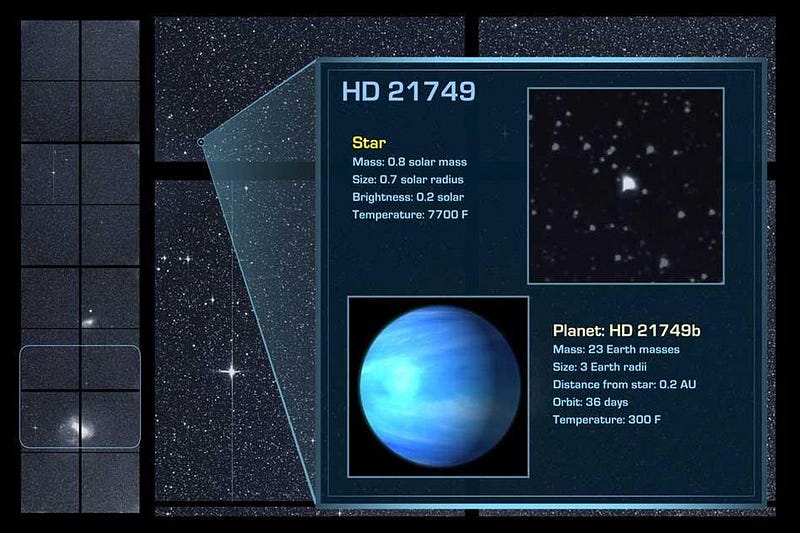
This is interesting for a number of reasons. First off, at these distances, the temperatures should be warm but not ultra-hot: around 300 °F (150 °C). Second, it is the longest-period exoplanet known within 100 light years of Earth. And, perhaps most interestingly of all, there’s a hint of a signal — and a possible candidate planet — that might also exist closer to the star in the HD 21749 system. The additional candidate, if confirmed, would have a period of 8 days, and a radius of approximately the size of Earth.
If this planet turns out to exist, it would be the very first Earth-sized world detected by TESS: the smallest one that this new observatory has found to date.
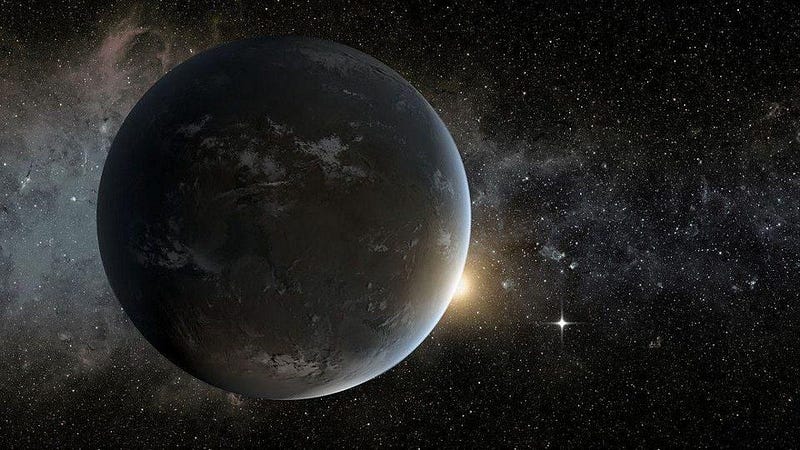
The ultimate goal of TESS is to find possible Earth-like worlds, and star systems which may house rocky, potentially habitable worlds. Because TESS is optimized to scour the stars nearest to us, it’s greatest finds will be among the first targets for future, more powerful observatories that can not only detect these worlds, but measure their atmospheric contents. If we get lucky, some of those worlds might house molecules like water, methane, carbon dioxide, or even oxygen in their atmospheres.
It won’t be a slam-dunk that these worlds are inhabited, but TESS takes us one step closer towards finding the nearest worlds that might be humanity’s greatest hope for finding life outside of our own Solar System. The worlds we’ve found so far are absolutely fascinating, and just a few months into its primary mission, TESS is easily meeting even the loftiest expectations for it. By time the James Webb Space Telescope launches, TESS should provide us with many worlds that just might be the best place to look to take our next great leap towards our ultimate goal: finding an inhabited world.
Ethan Siegel is the author of Beyond the Galaxy and Treknology. You can pre-order his third book, currently in development: the Encyclopaedia Cosmologica.





